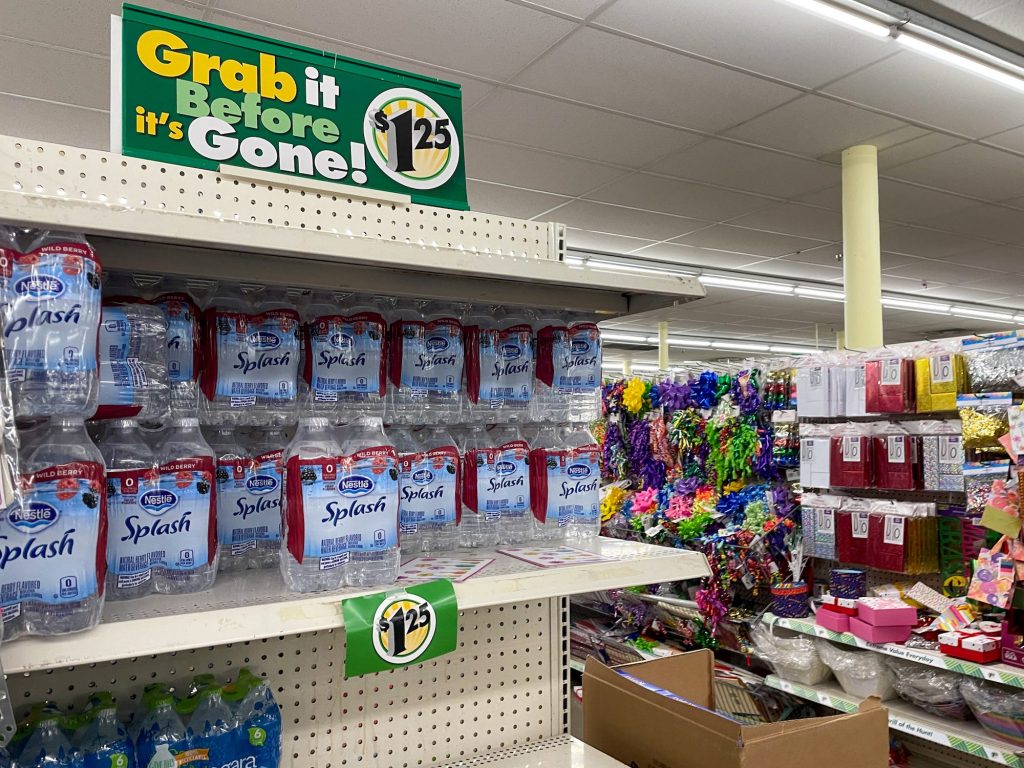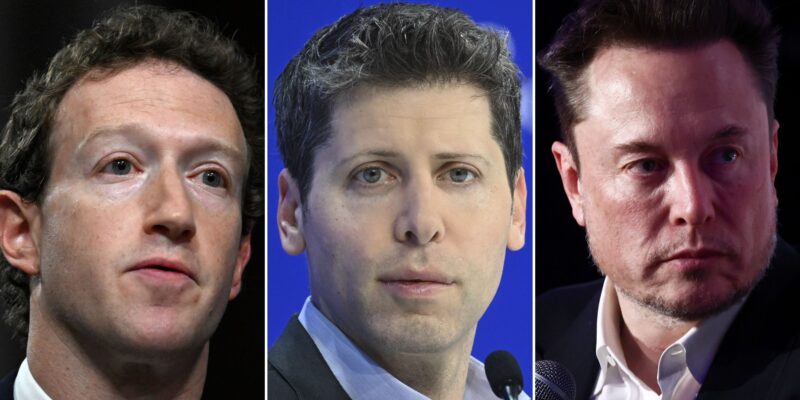- In their most recent quarter, Dollar Tree and Dollar General saw higher sales and profits.
- Due to inflation, more people, including the wealthy, are turning to the stores for lower prices.
- Dollar Tree's CEO said a majority of its new customers have household incomes of at least $80,000.
Amidst high inflation, two of the country's largest dollar-store chains are seeing wealthier consumers turn to them for lower-priced goods.
Dollar Tree and Dollar General both saw higher sales and profits in the most recent quarter, and both noticed they are getting more high-income consumers.
Todd Vasos, CEO of Dollar General, said on a call with analysts that the store saw a rise in higher-income households shopping there, "which we believe reflects more consumers choosing Dollar General as they seek value."
In the second quarter, Dollar General's revenue was $9.4 billion — a 9% increase from a year ago — while the retailer's net profit also grew by more than 6%.
Vasos pointed out that Dollar General saw signs its core customers are "shopping more intentionally and closer to need," by making trade-offs of some food choices.
Dollar Tree's CEO, Mike Witynski, said the majority of the chain's new customers in the past year have been from households making $80,000 a year or more. He also said the store is seeing more customers use credit instead of cash, which points to customers feeling strained.
Witynski said customers are "feeling pressured like they never have before," and amidst inflation, "our consumers are relying on our stores to meet their budget goals."
Dollar Tree's revenue was $6.8 billion — 7% increase — while its net profit grew by 27%.
Wealthier consumers are not only turning to dollar stores to find lower-cost alternatives as inflation bites deeper into budgets. Applebee's and IHOP both saw an increase of wealthier customers who usually dine at expensive restaurants. Chipotle, too, saw a rise in sales among its higher-income customers — a majority of its customer base, and Walmart has attributed 75% of recent market-share gains to customers with household incomes of $100,000 or more.










